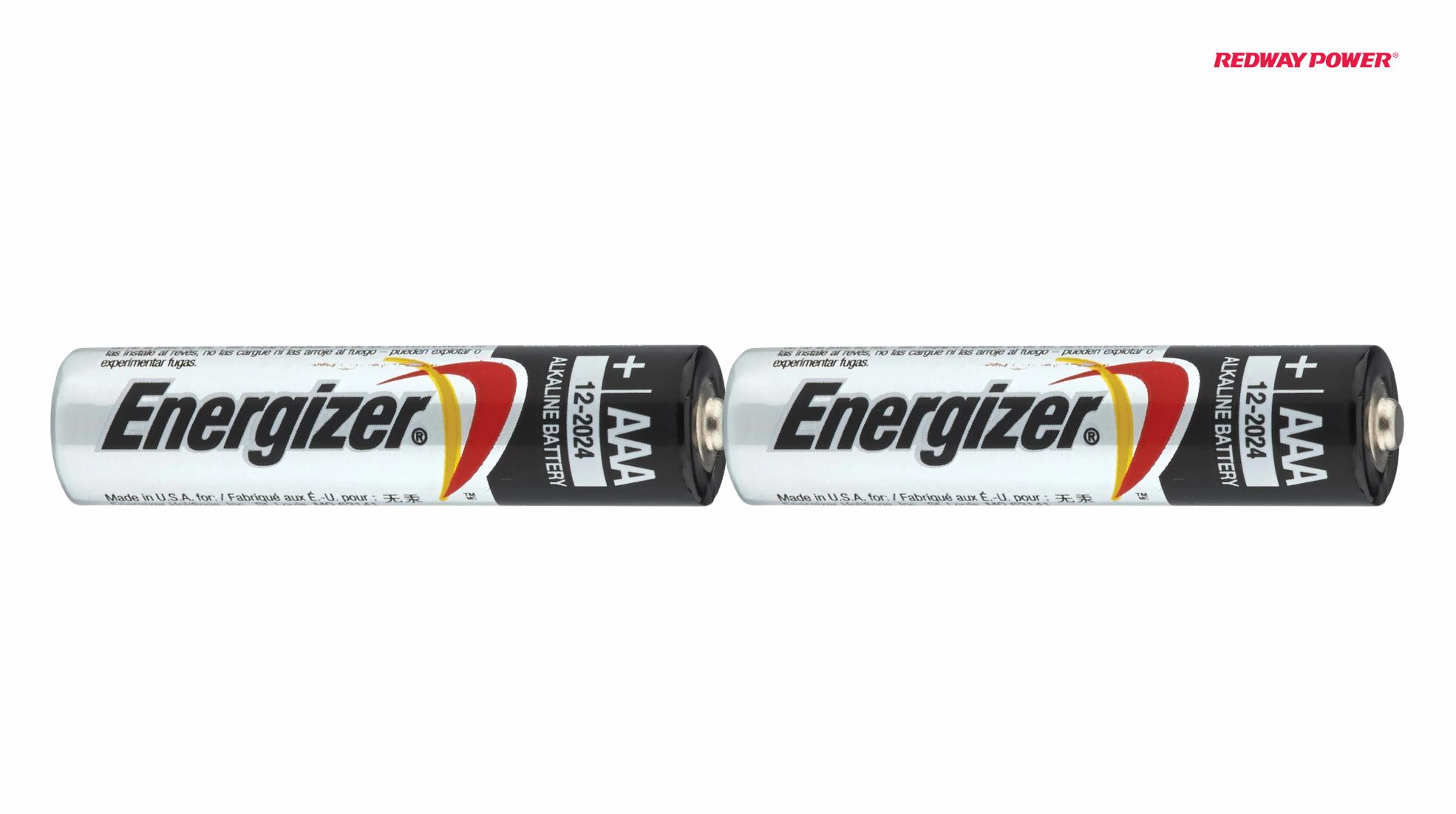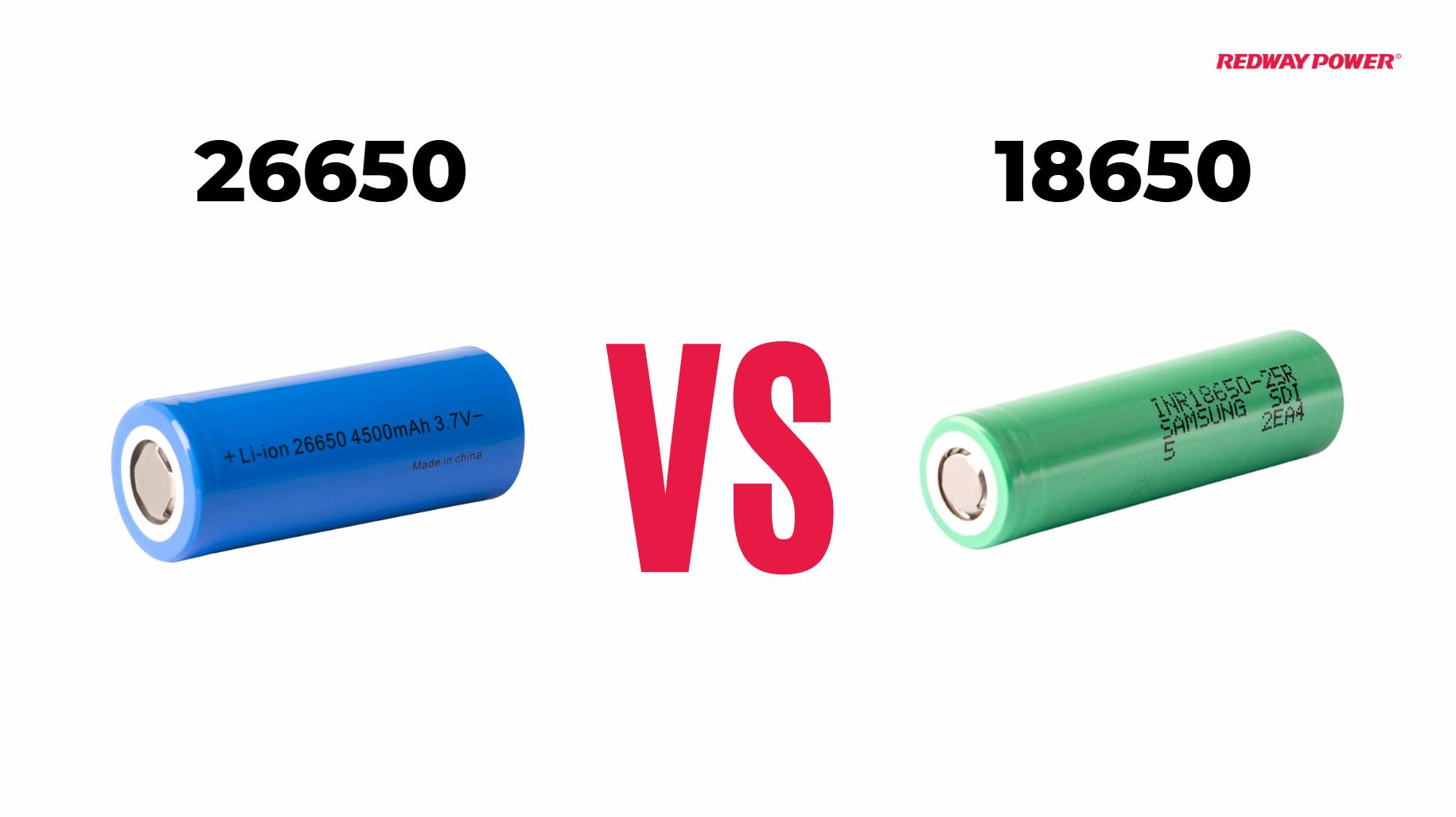Understanding the Voltage Characteristics of AAA Batteries
AAA batteries typically feature a nominal voltage of 1.5V for alkaline types and around 1.2V for rechargeable types, with performance declining as they discharge due to chemical depletion over time.
When it comes to powering small electronic devices, AAA batteries are among the most commonly used power sources. Their compact size and reliable performance make them ideal for a wide range of applications. In this article, we delve into the voltage characteristics of AAA batteries, including the highest voltage, nominal voltage, and why these specifications are crucial for device compatibility.
The Highest Voltage of an AAA Battery
The highest voltage that an AAA battery can achieve is typically around 1.5 volts. This is the peak voltage when the battery is fully charged and fresh out of the package. For standard alkaline AAA batteries, this peak voltage is consistent and dependable, ensuring that devices receive the required power for optimal performance right from the start.
Nominal Voltage: What It Means and Why It Matters
The nominal voltage of an AAA battery is also 1.5 volts. This value represents the average or expected voltage that the battery provides during its discharge cycle. The nominal voltage is a critical specification because it indicates the battery’s ability to maintain a stable voltage over time, ensuring consistent performance for the devices it powers.
Difference Between Peak and Nominal Voltage
While the highest voltage and nominal voltage of an AAA battery are both 1.5 volts, it is essential to understand the distinction between these two values. The peak voltage is the maximum output when the battery is new, whereas the nominal voltage represents a more stable and average output throughout the battery’s use. Devices designed to operate on AAA batteries rely on this nominal voltage to function correctly, avoiding issues related to power fluctuations.
Types of AAA Batteries and Their Voltage Characteristics
AAA batteries come in various chemistries, each with unique voltage characteristics:
- Alkaline AAA Batteries: These are the most common type, with a peak and nominal voltage of 1.5 volts. Alkaline batteries are known for their steady discharge rate and long shelf life.
- Nickel-Metal Hydride (NiMH) AAA Batteries: These rechargeable batteries have a nominal voltage of 1.2 volts. While lower than alkaline batteries, NiMH batteries offer the advantage of being rechargeable, making them cost-effective and environmentally friendly over time.
- Lithium AAA Batteries: Lithium AAA batteries provide a higher peak voltage of 1.7 volts and maintain a nominal voltage of 1.5 volts. They are known for their high energy density and long shelf life, making them suitable for high-drain devices.
Voltage Stability and Device Performance
The stability of the voltage output from an AAA battery is crucial for the proper functioning of electronic devices. Fluctuations in voltage can lead to malfunctions or decreased performance. For instance, sensitive devices like digital cameras, remote controls, and wireless mice require a stable voltage supply to operate efficiently. Understanding the voltage characteristics of AAA batteries helps in selecting the right type of battery to ensure optimal device performance.
The Role of Internal Resistance in Voltage Output
Internal resistance within a battery affects its voltage output and overall performance. As the battery discharges, internal resistance increases, causing a drop in voltage. High-quality AAA batteries are designed to minimize internal resistance, providing a more consistent voltage output throughout their lifespan. When selecting AAA batteries, it is beneficial to choose reputable brands that prioritize low internal resistance to maintain stable voltage and enhance device performance.
Impact of Temperature on AAA Battery Voltage
Temperature plays a significant role in the voltage output of AAA batteries. Extreme temperatures, both hot and cold, can affect the chemical reactions within the battery, leading to voltage fluctuations. At low temperatures, the chemical reactions slow down, causing a decrease in voltage output. Conversely, high temperatures can increase the rate of self-discharge and potentially cause leakage, compromising the battery’s voltage stability. It is advisable to use AAA batteries within the recommended temperature range to ensure consistent performance.
Choosing the Right AAA Battery for Your Device
Selecting the appropriate AAA battery for your device involves considering several factors:
- Device Requirements: Check the voltage requirements of your device. Most devices designed for AAA batteries expect a nominal voltage of 1.5 volts.
- Battery Chemistry: Choose between alkaline, NiMH, or lithium based on your needs. For one-time use, alkaline or lithium batteries are suitable. For rechargeable options, NiMH batteries are ideal.
- Temperature Range: Consider the operating temperature range of your device and select batteries that perform well within those conditions.
- Brand and Quality: Opt for reputable brands known for manufacturing high-quality batteries with low internal resistance and reliable voltage output.
Maximizing Battery Life and Performance
To get the most out of your AAA batteries and ensure optimal performance of your devices, follow these best practices:
- Store Batteries Properly: Keep batteries in a cool, dry place away from direct sunlight and extreme temperatures.
- Use Batteries Regularly: For rechargeable batteries, regular use and proper recharging cycles help maintain their capacity and voltage stability.
- Avoid Mixing Battery Types: Do not mix different brands or types of batteries within the same device, as this can lead to voltage inconsistencies and reduced performance.
- Monitor Battery Condition: Regularly check the condition of your batteries and replace them when they show signs of wear or reduced voltage output.
Conclusion
Understanding the voltage characteristics of AAA batteries is essential for selecting the appropriate power source for your devices. With a peak and nominal voltage of 1.5 volts, AAA batteries provide reliable power for a wide range of applications. By considering factors such as battery chemistry, internal resistance, and operating temperature, you can choose the best AAA batteries to ensure optimal performance and longevity of your electronic devices. Whether you opt for alkaline, NiMH, or lithium AAA batteries, knowing their voltage properties will help you make informed decisions and keep your devices running smoothly.


